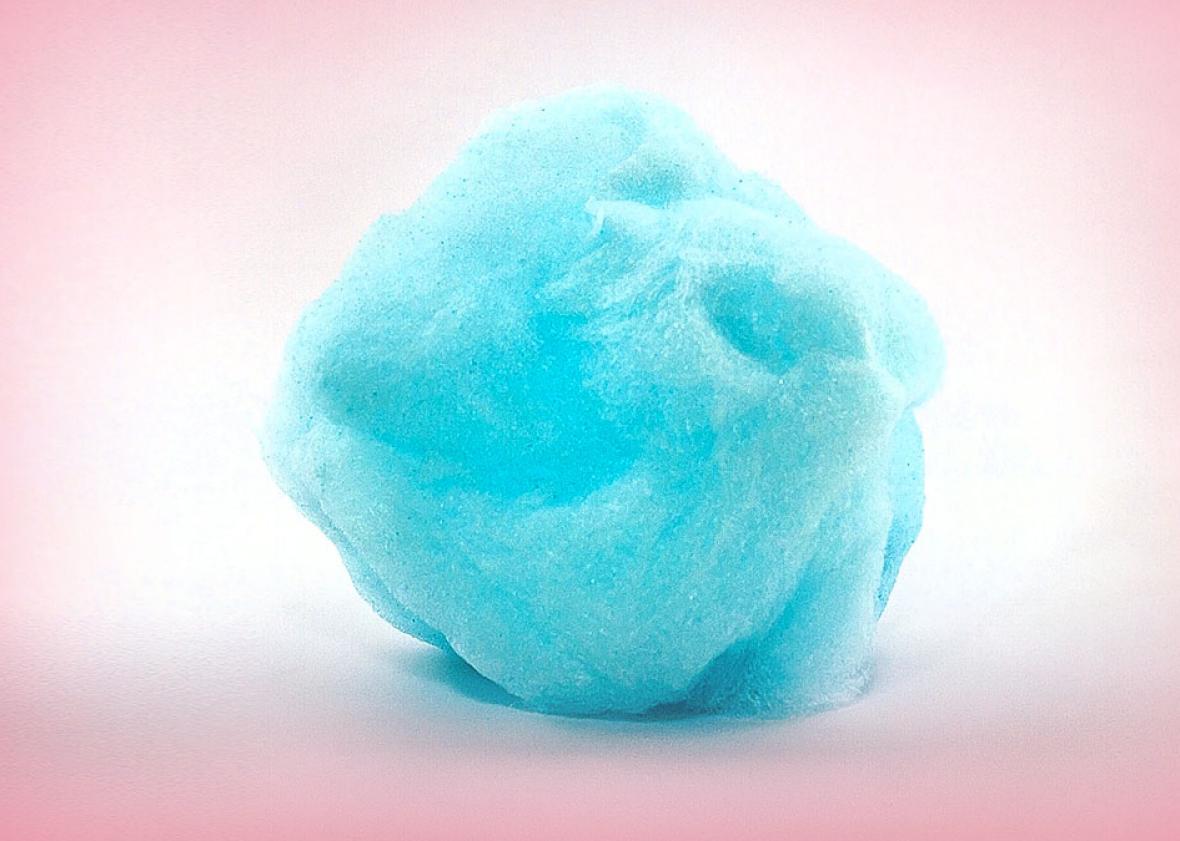Skella Borealis is a nude model who has dyed her pubic hair with virtually every color you can think of: apple green, plum, turquoise. If you ask her if there’s a certain type of person who dyes her body hair, she’ll tell you it’s the kind who would “go pantiless under dresses or wear a butt plug to do their taxes.” (“Can I say that?”)
There’s no way of citing exact stats on how many people are dyeing their body’s natural shrubbery, but there’s been both a New York Times article about dyed pits and a Tumblr page called dyed-pubes, so it’s got to be a trend. Women are turning their underarms into Manic Panic festivals. Merman guys are dyeing their hair and beards all sorts of oceanic colors. What gives?
Danny Leclair—president of Studio DNA Salons, owner of Studio DNA Hollywood, The Doves Studio, and Hair Art & Science Academy—says these trends, nascent as they might be, are a giant middle finger to gender norms. “For a very long time, the beauty industry made women more ‘women-like,’ and men more ‘men-like,’ ” Leclair says. But now for men, “the stigma of doing anything that is too garish, or potentially too feminizing, is starting to melt away,” he says.
He thinks dyed beards will only continue to grow in popularity; Leclair currently dyes about one a week at his Los Angeles salon. For women who not only refuse to remove their underarm and pubic hair but dye them instead, the message is clear: “If you didn’t notice before, you will now.”
Lucas Nault, who owns Lucas Nault Hair Studio in Ottawa, likens the growing social acceptability of crazy-colored body hair to that of tattoos. “As the level of acceptance grows over the next few years, we’ll see more and more of it,” he says. He doesn’t get too many people coming in to dye their beards, but those who do always come back.
For Nault, it all started with his friend Miguel: “We just did it for fun. He had a giant beard he’d been growing for a while, and we decided, Why not just try doing something different?” They dyed his hair green, and since then Nault has moved on to include patterns such as zebra stripes at his salon.
“They can color it any color, and it’s still a beard. So you still have that masculinity with the fun,” Nault says. Some guys even dye their beards as a bro-bonding ritual “where they all get mullets and dye their beards as a joke, but it’s a thing.”
What about the mermaid men who dye their beards in sea-like hues? “Who doesn’t want to be a mermaid?” Nault asks. “That’s awesome, right?”
Speaking of upending gender norms, we might think of hairstylist Roxie Hunt as a pivotal pioneer of the armpit-dyeing movement. She dyed her pits with a friend and blogged about it last year; the L.A. Times picked up the story, and then the Today Show caught wind and provided some not-so-nice commentary, calling it “freaky.”
“We knew by that reaction that we had touched on something important, that was about more than hair,” Hunt tells me in an email. “We wrote the Free Your Pits manifesto and started a movement dedicated to helping encourage women to make free and conscious choices regarding their bodies without worrying about judgment from others.”
Miley Cyrus is probably the most famous person to sport hot-pink pits, and I’m guessing she didn’t have to do it herself, but as the Times piece noted, there are plenty of un-famous DIY-ers out there. “In our culture we have been conditioned by a marketing campaign selling razors and body-hair-removal accessories to think that as women, we are dirty unless we are hairless,” she writes. “Plus, it is fun to have pink pits. You can’t deny that. Everything is better with color.”
But there are some women whose secret puts Victoria to shame. Despite the clandestine nature of women dyeing their pubic hair, there is something particularly bold about it, given the abrupt and mysterious banning of pubic hair on women that happened in major American urban centers in the early to mid ’00s. (Several female Slate staffers pointed to an old Gawker piece as particularly destabilizing in this regard: “We live in New York in 2006,” Gawker declared. “Who the hell still has pubic hair?” Um …) But the pendulum has swung back. The same brand that Gawker snarked about nearly a decade ago, Betty Beauty, has become one of the most visible brands for this purpose.
“When I first added some color to my lady forest, no one was even dyeing their armpits yet!” Borealis writes to me in an email. “I’m glad the pervs of the world caught on!” She has dyed her bush “every color thinkable” since she started two years ago. She got the idea to dye her pubic hair when she started to consider nude modeling: What better way to be memorable when naked?
To Borealis, colorful pubes are both a fluffy pink slap in the face to gender expectations and a fantastic lark. “It’s sort of like an inside joke with myself,” she says. “A huge majority of the people I meet will never know, and I laugh at that.”
